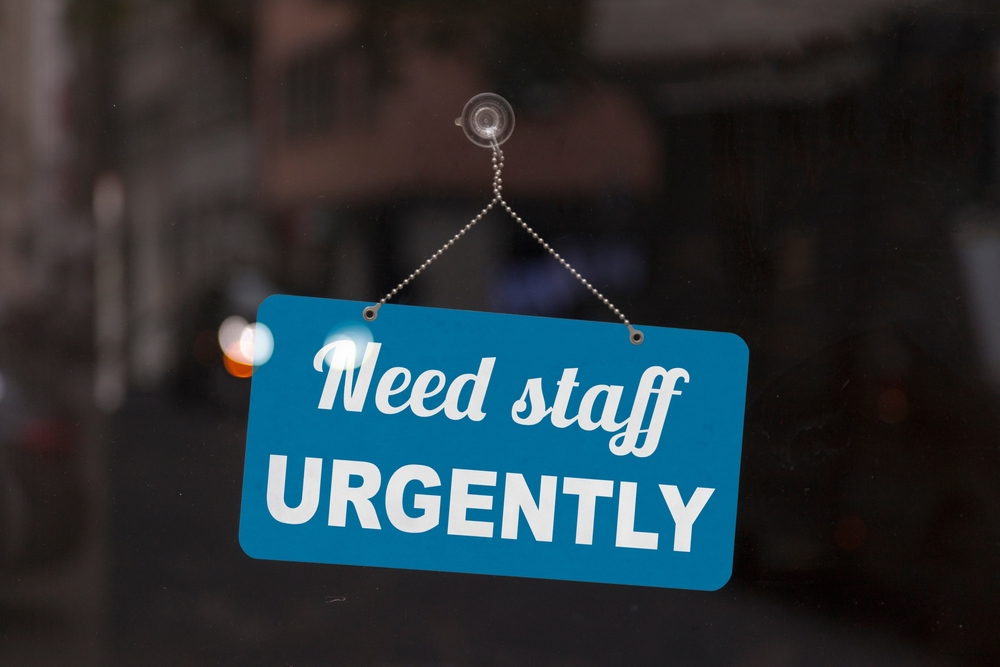In some industries, it can seem like you are always hiring or firing someone. In others, employee turnover is far less common. No matter what your business, a stable workforce is key to success. When multiple workers resign within a short period of time, it could be a symptom of organizational dysfunction and even a toxic working environment.
This is the second blog post in an ongoing series discussing the symptoms of organizational dysfunction. This series will focus on the everyday challenges business owners face that could be a sign of bigger problems beneath the surface. You can read posts the symptoms of on lack of sales and lack of profits here. You can also check out this previous blog series on organizational dysfunction, it’s causes, and how to overcome it.
How Employee Turnover Can Signal Organizational Dysfunction
High employee turnover is a sign that your workers are disconnected from their work and dissatisfied with their working environment. Some employee turnover is inevitable. Older workers retire, younger workers start families, and spouses or partners take jobs in other cities. However, when you start to observe a pattern, the risks may be coming from within the company itself.
Get Help with Leadership, Conflict Resolution, and Business Strategy
Talk to a consultant who can help you make strategic decisions about the future of your business.
Workers want to feel like what they are doing means something. If they believe in the work they are doing and are engaged in their projects’ success, they are unlikely to be willing to leave the company until that work is done. If employees are handing in their resignations, it may be because they:
- Lack commitment to the company’s goals and vision
- Fear discipline for failures rather than peer-to-peer accountability to meet expectations
- Are focused on individual outcomes over team results
Each of these are signs of organizational dysfunction. When teams trust one another and are working toward a common goal, they pull closer together, and develop a tight, collaborative working relationship that decreases the chance of any one worker quitting or walking away.
Responding to High Attrition Rates Among Workers
Even a single resignation can cause disruption within a small business. However, high employee turnover can be far more disruptive, leaving the remaining workforce with limited institutional knowledge and substantial skills gaps. Managers may scramble to try to fill those gaps, sometimes by reassigning labor among the remaining staff or bringing on short-term contract workers. However, ultimately, those empty positions will need to be filled. When the company’s attrition rate is high, that can feel like a race employers can never win.
Instead, managers and employers need to examine what is causing workers to leave. Performing meaningful exit interviews and providing current employees opportunities for anonymous feedback may reveal the organizational dysfunction driving your people to quit. With that information in hand, you can work with a business consultant to address their concerns, remove roadblocks to success, and develop trust in your organization that will make your workers want to see your company succeed.
Healing a Toxic Working Environment
At the most basic level, high employee turnover can indicate a lack of trust among coworkers, or between management and their team members. When distrust turns to hostility, you can quickly find yourself facing a toxic working environment that no one wants to stay in. This can drive employee turnover even higher and make it harder to find high-quality candidates to fill the vacant positions.
Your workers need to know that their concerns will be taken seriously. If it seems your team is fighting not to be seen as the “weak link” or wrestling with ongoing interpersonal conflicts, it may be a sign of deep organizational dysfunction that will drive skilled workers to find other jobs. This kind of toxic working environment requires serious attention and systemic change. It isn’t easy, and requires buy-in and dedication from the highest levels of the company. Still, the productivity and retention improvements from healing a toxic working environment make it worth the work.
Fighting Employee Turnover by Moving Toward Better Collaboration
When high employee turnover rates signal problems in the working environment, it may be a sign you need to take a step back and focus on building a spirit of collaboration with your remaining employees. While you may experience a temporary drop in productivity, the bonds and shared vision this process develops will make your employees loyal to the company, and as passionate about its success as you are.
David Stanislaw is an organizational development specialist with over 25 years’ experience in resolving organizational dysfunction. Through business consulting and facilitation, David helps employers reduce employee turnover and improve collaboration among workers. Contact us to meet with David to move toward high organizational functioning today.


Recent Comments